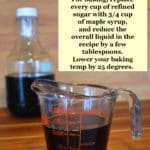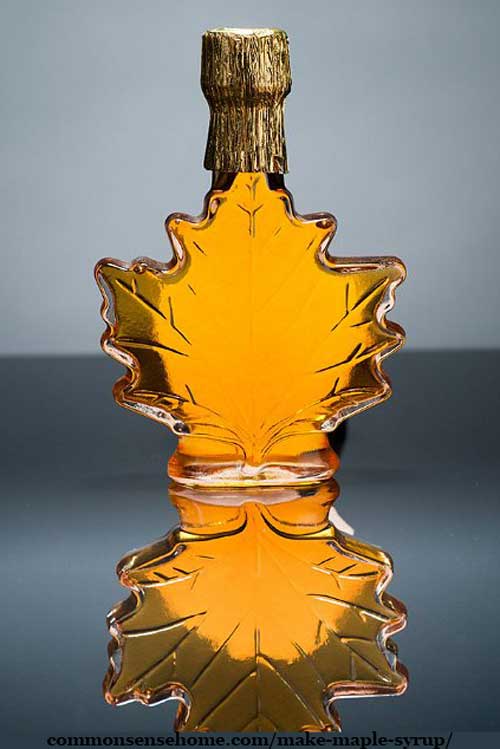Maple Syrup – 6 Interesting Facts About This Natural Sweetener
Maple syrup is a delicious, all-natural sweetener, with unique health benefits. In this article, we’ll talk about what makes maple syrup special, and how to use it.
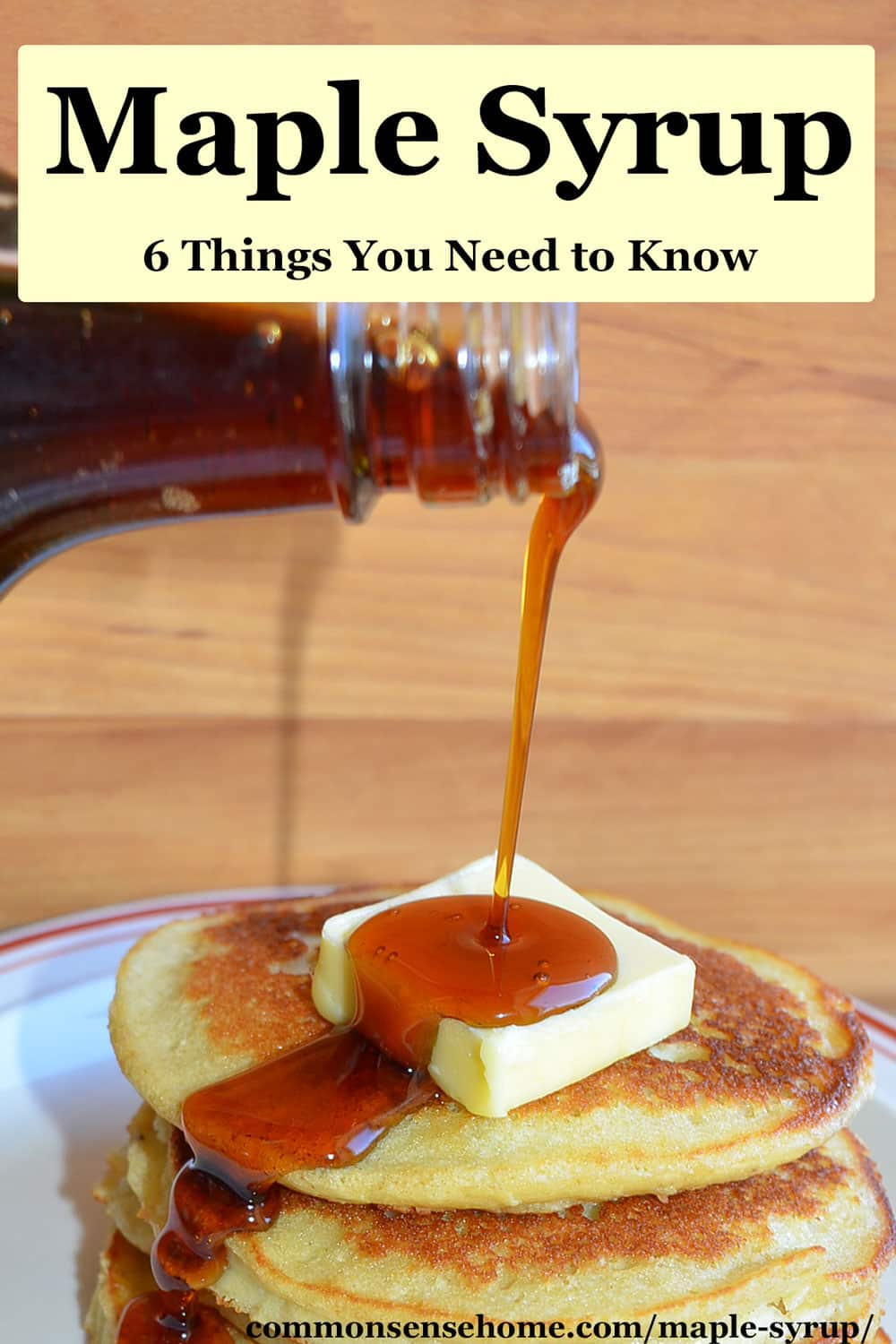
What is maple syrup made of?
Until our family started making our own maple syrup, I had no idea what was actually in it. I never even once thought about it, to be honest, but I assumed there were additives. I mean everything has additives, right? Wrong.
What is maple syrup made of? Sap from a sugar maple tree. Period. That’s it.
“Maple flavored syrup” is not the real deal. Your syrup shouldn’t have Guar Gum, Red 40 or high fructose corn syrup.
Instead, maple syrup is loaded with things like minerals (potassium, calcium, magnesium, manganese, zinc, and phosphorus) and polyphenols, which encourage brain health and deter diabetes.
It also has miraculous compounds – like one called “quebecol,” an anti-inflammatory and anti-carcinogen found nowhere else in nature. In fact, I devote an entire chapter in Sweet Maple to the fascinating science behind the syrup.
You can enjoy the health benefits of natural fiber, prebiotics, and antioxidants when you add real maple syrup to your baking (more about that in a minute).
In contrast, refined sugar is highly processed, filtering out trace minerals and leaving only the sucrose (no thank you).
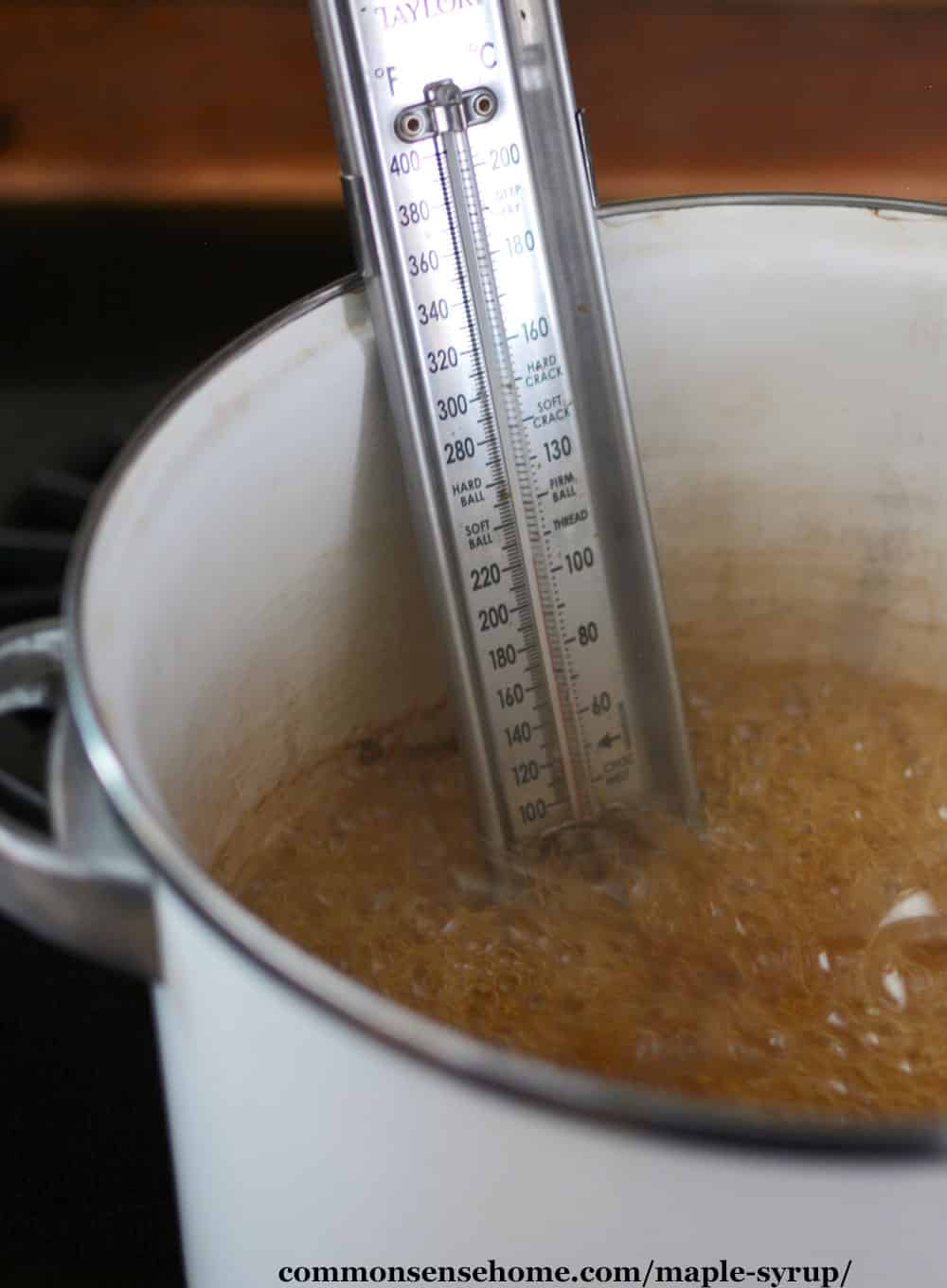
Why is maple syrup expensive?
Why do you have to fork out more money for maple syrup than refined sugar? If you’ve ever made it, even just once, you will never ask this question again.
While maple sap is loaded with beneficial compounds and minerals, it also has a lot of water. In fact, the sap is 2% sugar.
This means you have to boil off a lot of water. Seriously… A lot.
Sugarmakers spend lot of time and fuel to get maple sap down to the right sugar content to turn it into that delicious syrup. They monitor the whole process to make sure the sap turns to syrup and not burnt goo.
The time, love, and fuel that’s invested in every bottle of syrup means that sugarmakers will never become rich off of this stuff. (You can learn how to make maple syrup here.)
On the other hand, if you’re considering trying your hand at backyard sugaring, you need to know that there’s a wonderful way to cut fuel costs in half — with a nifty reverse osmosis filter.
The pros have giant fancy ones, but my husband built a simple DIY version that anyone can put together for their backyard operation. I share all the details right here.

What is maple syrup good for?
I use maple syrup in any way I would use sugar. It’s wonderful to use in any situation where refined sugar wouldn’t dissolve easily, and great for baking and, of course, pancake syrup.
For baking, replace every cup of refined sugar with 3/4 cup of maple syrup, and reduce the overall liquid in the recipe by a few tablespoons. Lower your baking temperature by 25 degrees.
Go here to print out a simple conversion chart and use maple syrup in the kitchen in place of refined sugar any time you want.
Since it’s already a liquid, dissolving it is never a problem, even if it’s ice cold lemonade that you want to sweeten. In fact, maple lemonade is one of my favorite drinks.

Are there different grades of maple syrup?
Until recently, the same jar of syrup that was called “fancy grade” if it was bottled in Vermont, was known as “Grade A Light Amber” in the rest of the US and “No. 1, Extra Light” in Canada.
In 2015, the USDA adopted a maple syrup grading system introduced by Vermont maple syrup producers in 2014. All maple syrup is now Grade A, with descriptive words added for color and flavor. These include:
- Grade A | Golden Color and Delicate Taste
- Grade A | Amber Color and Rich Flavor
- Grade A | Dark Color and Robust Flavor
- Grade A | Very Dark and Strong Flavor
Would you like to save this?
Previously, grades were:
- Fancy or Vermont Fancy
- Grade A Medium Amber, Grade A Dark Amber
- Grade A Dark Amber, Grade B
- Grade C
All four grades of syrup feature one ingredient – maple sap – and all are delicious! Flavor ranges from light and sweet to dark and maple-y. Early season sap is lighter in color and flavor, while late season sap produces darker syrups with a stronger maple flavor.
How does maple syrup compare to honey?
Here on our little New England homestead, we have an apiary as well as a sugarbush. We harvest honey right alongside our maple syrup, and we thoroughly enjoy both.
I tend to reach for maple before honey. I like the warmer, less floral sweetness in many of my drinks and most of my baking. And I like that it it packs less calories—48 less, to be exact, in every 1⁄4 cup—and fewer carbohydrates than honey.
I should add that honey has a sweeter taste, so you may need to use a little less honey and, in the end, the calorie count may even out.
Also, there are a few teas and DIY salad dressings that I definitely prefer honey over maple. And, of course, I love that eating locally sourced honey, with local pollen in it, improves allergy symptoms.
Is maple syrup better for you than refined sugar?
Compare refined white sugar, highly processed with zero nutrition, to maple syrup — an all natural, totally real food — and maple syrup always wins.
Around 1/3 cup (80 ml) of pure maple syrup contains (source):
- Calcium: 72 mg (7%DV)
- Potassium: 219 mg (6%DV)
- Iron: 1 mg (7%DV)
- Zinc: 4 mg (30%DV)
- Manganese: 4 mg (176%DV)
As mentioned above, maple syrup also contains antioxidants and prebiotics. These prebiotics slow down digestion, lowering the glycemic index of the syrup.
Consuming foods that are lower on the glycemic index (and lower in carbohydrates) helps prevent prediabetes.
So where does maple fall on the glycemic index? A sweet 54 out of 100. Honey? 58. Refined sugar? 65.
Since syrup is also calorie dense, stick to small amounts, unless you enjoy weight gain. Any sugar can lead to dental decay, you do want to brush well after enjoying a sweet treat.
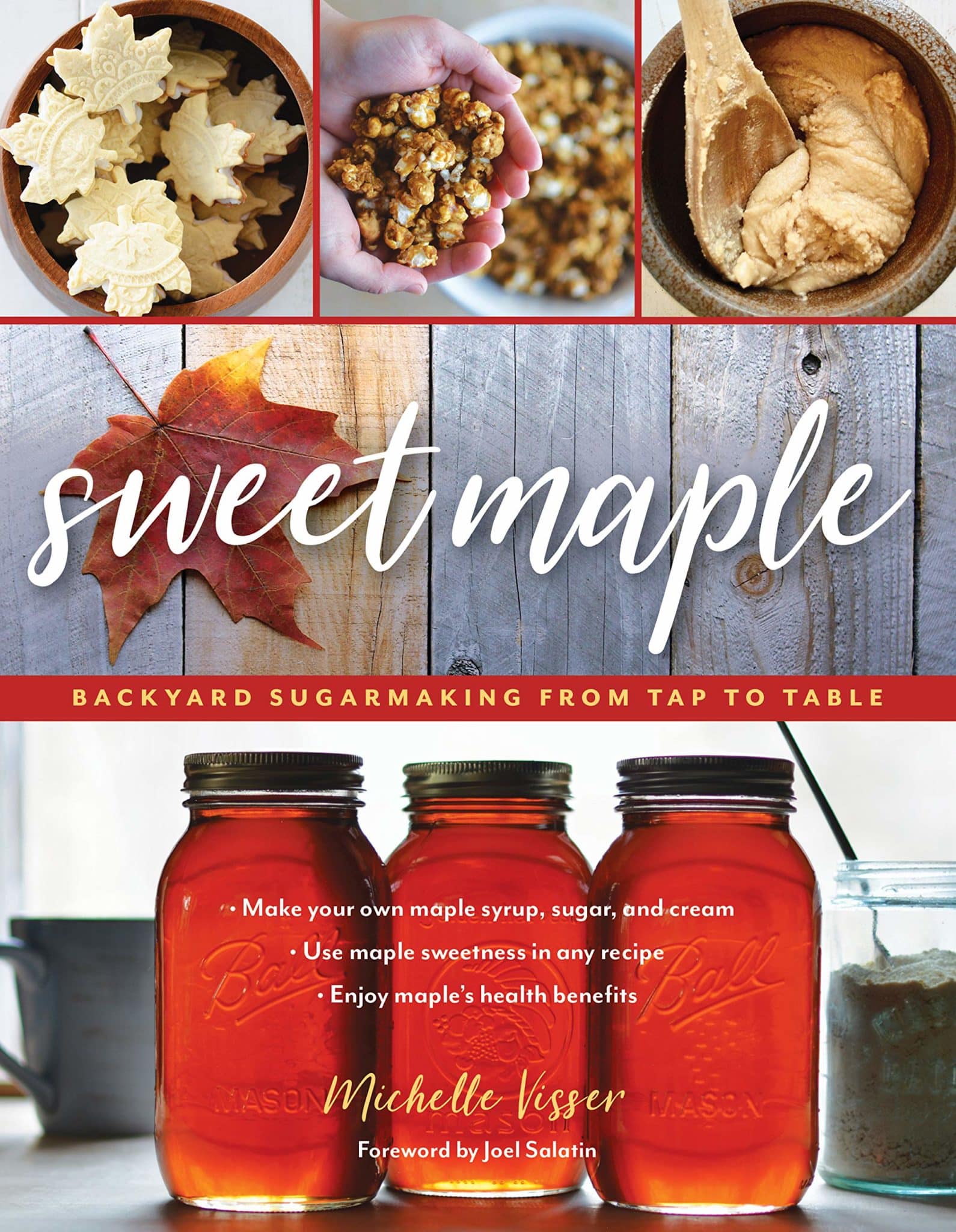
Sweet Maple: Backyard Sugarmaking from Tap to Table
Sweet Maple is an instructional book on backyard sugarmaking that’s also the story of the family’s connection to the past on a small New England sugar farm. Throughout its pages, Michelle gives advice on:
- The 30 different kinds of trees that can be used to make syrup (at least one of which grows in every state of the nation)
- Insight into how sugarmakers down south and out west— well outside of the “maple belt”—are making syrup successfully.
- The process of making syrup, to help you decide what level is right for you
- How to make alternative treats, such as lilac syrup
- The health benefits of maple products, which contain more than 40 antioxidants
- Substituting processed sugar with all-natural maple syrup in any recipe
- The three steps to making maple sugar
- How to make irresistible maple cream and how to enjoy it
Recipes featuring Maple Syrup
We have over 100 real food recipes on the site, listed by category on the recipes and kitchen tips page. They include:
- Indian Pudding – gluten free
- Maple Popcorn
- Pumpkin Spice Waffles with Maple Cinnamon Whipped Cream
- No Bake Cookies
- Maple Macaroons – Refined Sugar Free, Gluten Free, Delicious!
Looking to stock up on syrup? Check out our article on storing maple syrup longer-term.
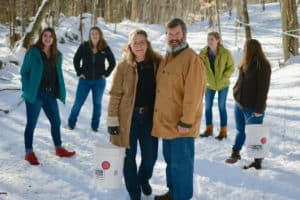
This is a guest post by Michelle Visser. Michelle is the owner of SoulyRested.com, a motivational speaker, and the author of Sweet Maple. She and her family live in rural New England in a two-centuries old farmhouse on 14 rocky, tree filled acres, seeking to live a simple life.

